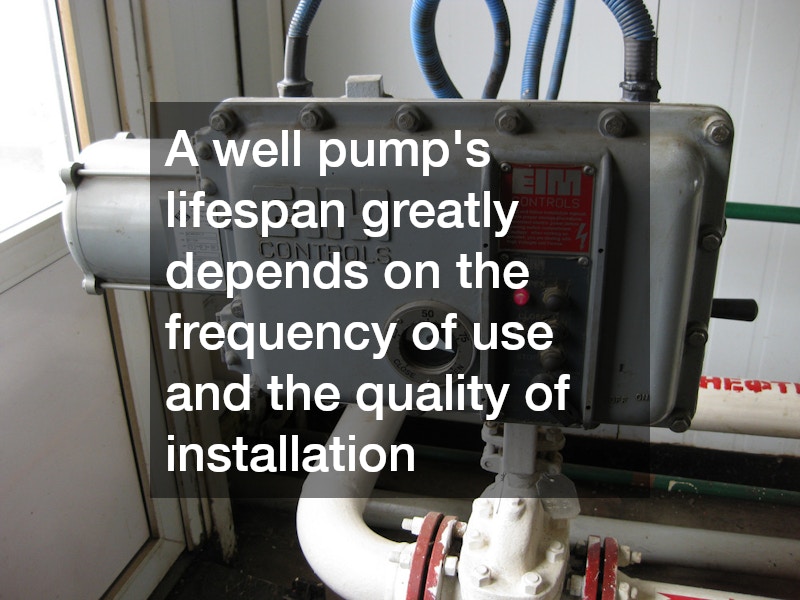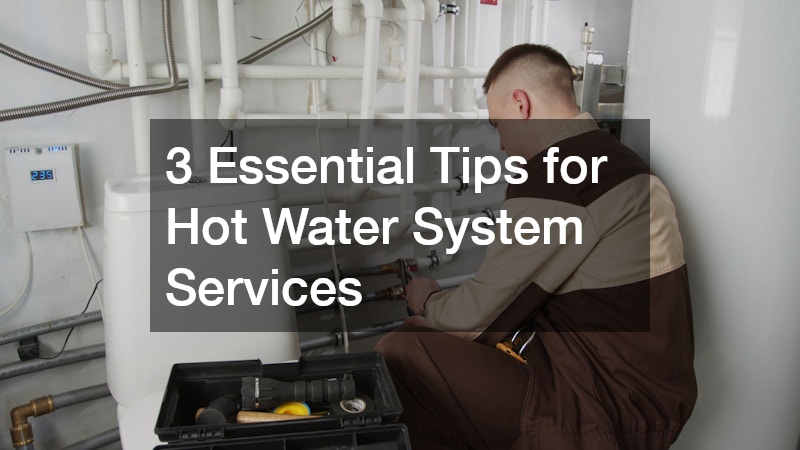Well pumps are integral components in water supply systems, ensuring a steady flow of water from underground sources to your home. Their significance is often overlooked, but they are the backbone of rural water supply infrastructure.
Proper maintenance and handling can significantly impact their longevity and efficiency.
A well pump’s lifespan greatly depends on the frequency of use and the quality of installation. While most pumps are designed to last around 8 to 15 years, regular maintenance can help achieve the upper end of this range. It is crucial to understand the components and operation of your pump to troubleshoot issues effectively.
The choice between submersible and jet pumps is also pivotal in determining the maintenance strategy. Each type of pump has unique needs and operational considerations. Familiarizing yourself with these can help in planning regular checks and avoiding common pitfalls.
Routine Maintenance Tips for Well Pumps
Routine maintenance can significantly extend the life of your well pump by preventing issues before they become costly repairs. This approach includes regular inspections, cleaning, and parts replacement when necessary. Preventive measures are always better than corrective ones, especially for such critical components.
One essential maintenance task is checking the pressure switch, which controls the pump’s operation. A malfunctioning pressure switch can cause your pump to run unnecessarily, leading to increased wear and energy consumption. Regularly testing and adjusting the pressure levels can prevent such inefficiencies.
Additionally, keeping the pump’s surrounding area clean and dry minimizes the chances of external damage. Debris and moisture can lead to rust and other forms of deterioration that compromise the pump’s functionality. By ensuring a tidy pump environment, you can prolong its operational lifespan.
Signs That Your Well Pump Needs Repair
Identifying early signs of trouble can save both time and money by allowing for timely intervention and avoiding major breakdowns. Common signs include changes in water pressure, unusual noises, and increased energy bills. Addressing these warning signals promptly can prevent complete pump failure.
Fluctuations in water pressure often indicate underlying issues with the pump or the well system. Investigating these fluctuations can unveil problems such as a failing pressure tank or clogged pipes. Regular monitoring allows for early detection and resolution of such problems.
Furthermore, unusual noises from the pump are often indicative of mechanical problems. These could stem from worn-out bearings or impellers and should be addressed by a professional immediately. Ignoring these noises can lead to more significant damage, shortening the pump’s lifespan.
How to Choose a Reputable Service Provider
Choosing the right service provider for pump maintenance or repairs is crucial for extending its life. A reliable provider will offer expertise and ensure quality repairs, reducing the frequency of failures. Researching providers and reading reviews can help in making an informed decision.
It is essential to select a provider who specializes in the type of pump you have, whether it’s submersible or jet. Experience with the specific pump model ensures better diagnosis and service. Additionally, a good provider will offer follow-up services and warranties on their work, providing peace of mind.
Another factor to consider is the provider’s response time and availability for emergencies. A quick response can prevent a minor issue from escalating into a major problem, saving you from costly repairs. Establishing a relationship with a trustworthy provider is key to maintaining your pump in good condition.
The Impact of Water Quality on Well Pump Longevity
Water quality plays a significant role in determining the lifespan of your well pump. Contaminants in the water can cause scaling and corrosion, leading to premature pump failure. Regular testing and treatment of water can mitigate these risks and enhance pump durability.
In areas with hard water, mineral buildup is a common problem that affects pump efficiency. Installing a water softener can help reduce such issues by removing excess minerals before they reach the pump. This preventive measure can prolong the pump’s life and improve water quality.
Additionally, addressing issues such as bacterial contamination is important for both health and equipment longevity. Chlorination and filtration are effective methods for maintaining water quality. By taking these steps, you not only protect your pump but also ensure safe water for your household.




